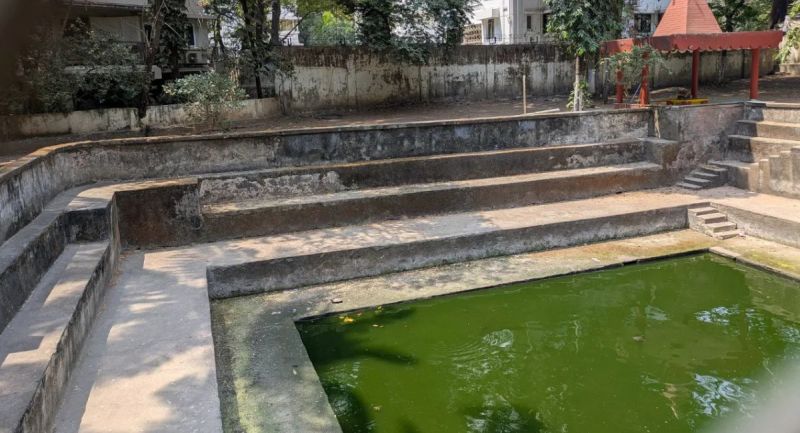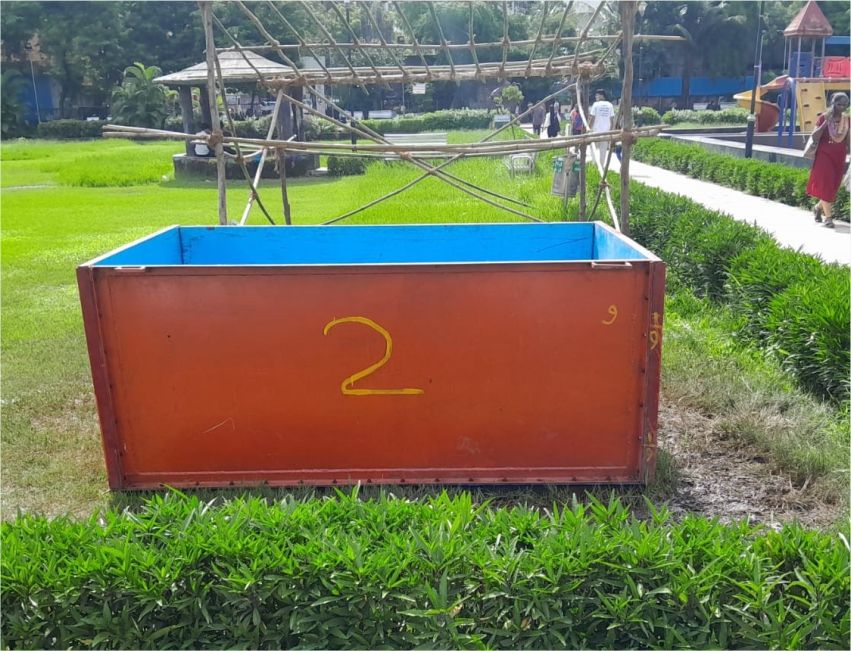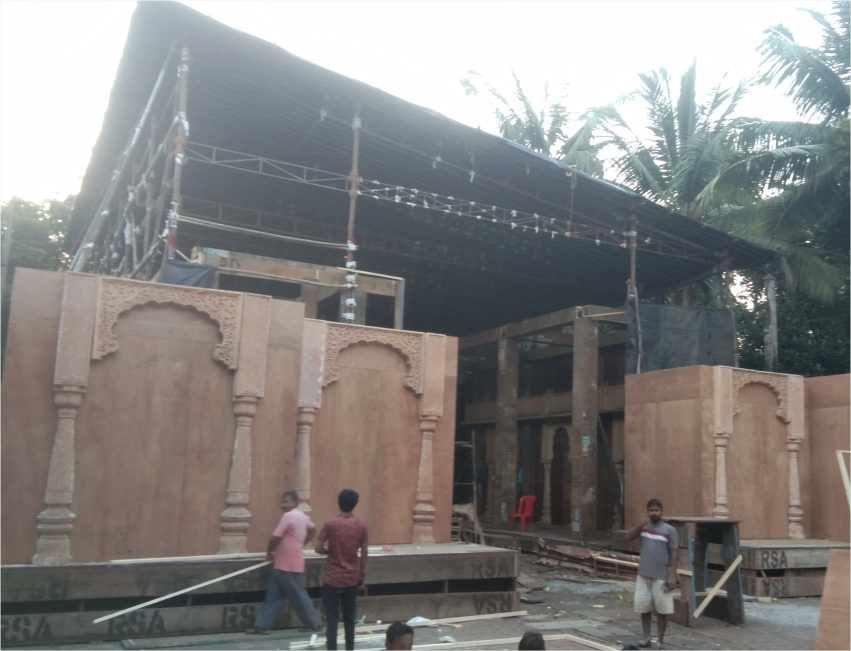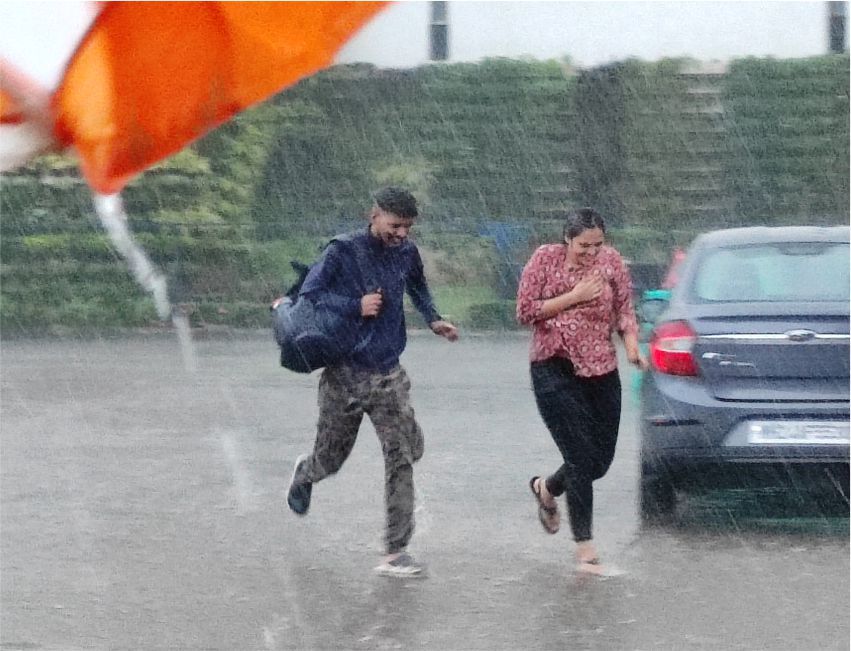Rediscovering Mumbai’s hidden stepwells amid urban growth

- Newsband
- 30 May, 2025
A blend of architectural elegance and practical water management, Mumbai’s stepwells are enduring symbols of historical innovation.
These structures, designed to harvest and store water, also served as vital social and cultural spaces. Yet today, many of Mumbai’s stepwells face neglect and obscurity, threatened by rapid urban development and environmental challenges.
Stepwells are commonly associated with arid regions like Gujarat and Rajasthan, but Mumbai harbours its own collection of these hidden relics. Historically, they were essential in providing a reliable water source, especially during droughts, while offering respite from the city’s heat. Their design staircases descending to the water level, allowed people easy access regardless of fluctuating water tables. Besides utility, they served as communal gathering spots where rituals and social interactions flourished.
Mumbai’s stepwells date back to various ruling eras, including the Maratha Empire and the Portuguese period. Constructed at a time when Mumbai was a group of islands, these stepwells helped local communities access water efficiently. However, with British colonial rule and the introduction of modern water supply systems, these traditional structures gradually fell out of use and were overshadowed by newer infrastructure.
One of the city’s most famous water heritage sites is the Banganga Tank in Walkeshwar. Although technically a tank, its step-like structures make it akin to a stepwell. Dating to 1127 AD and built by the Silhara dynasty, Banganga remains an active pilgrimage site, highlighting the blend of utility and spirituality. Another notable site is Umarkhadi Baoli near Crawford Market, a Mughal-era stepwell now in poor condition and hidden amidst urban clutter and waste.
In Mumbai, stepwells are notable for combining practical engineering with elaborate decorative elements. Built with locally sourced stone, these structures feature symmetrical geometric patterns, carved arches, and descending stairways that impress visitors even today. The Vihar Lake Stepwell near Powai, constructed during the British colonial era, is an example of simpler but elegant design, although it now lies in ruins. The Ambarnath Temple Complex houses an 11th-century stepwell adorned with deity statues, combining religious significance with water conservation.
Many stepwells, despite their cultural, architectural importance are left uncared for and overlooked. Urban encroachment, pollution, and structural damage threaten their survival. Some have become informal dumping grounds, while others are swallowed by vegetation, hidden from public view. This neglect is partly due to limited public awareness, as these stepwells rarely receive the preservation attention given to Mumbai’s iconic landmarks like the Gateway of India or Chhatrapati Shivaji Terminus.
Conservation efforts for Mumbai’s historic stepwells have been minimal, with only occasional initiatives led by groups such as the Indian National Trust for Art and Cultural Heritage (INTACH). Challenges like limited funding and administrative delays have hindered consistent progress. Nonetheless, recent years have seen a growing interest, spurred by local heritage enthusiasts and awareness campaigns on social media. Organizations like Heritage Walks Mumbai now conduct guided tours to spotlight these overlooked structures, while films such as Baoli: The Forgotten Wells help educate the public about their cultural and historical relevance.
Architects and historians increasingly argue for integrating stepwells into modern urban planning. Reviving these ancient water systems could not only preserve cultural heritage but also provide sustainable solutions to contemporary challenges such as water scarcity and climate change. As Mumbai continues to evolve, these forgotten stepwells might yet regain their rightful place in the city’s landscape, blending past wisdom with future needs.





